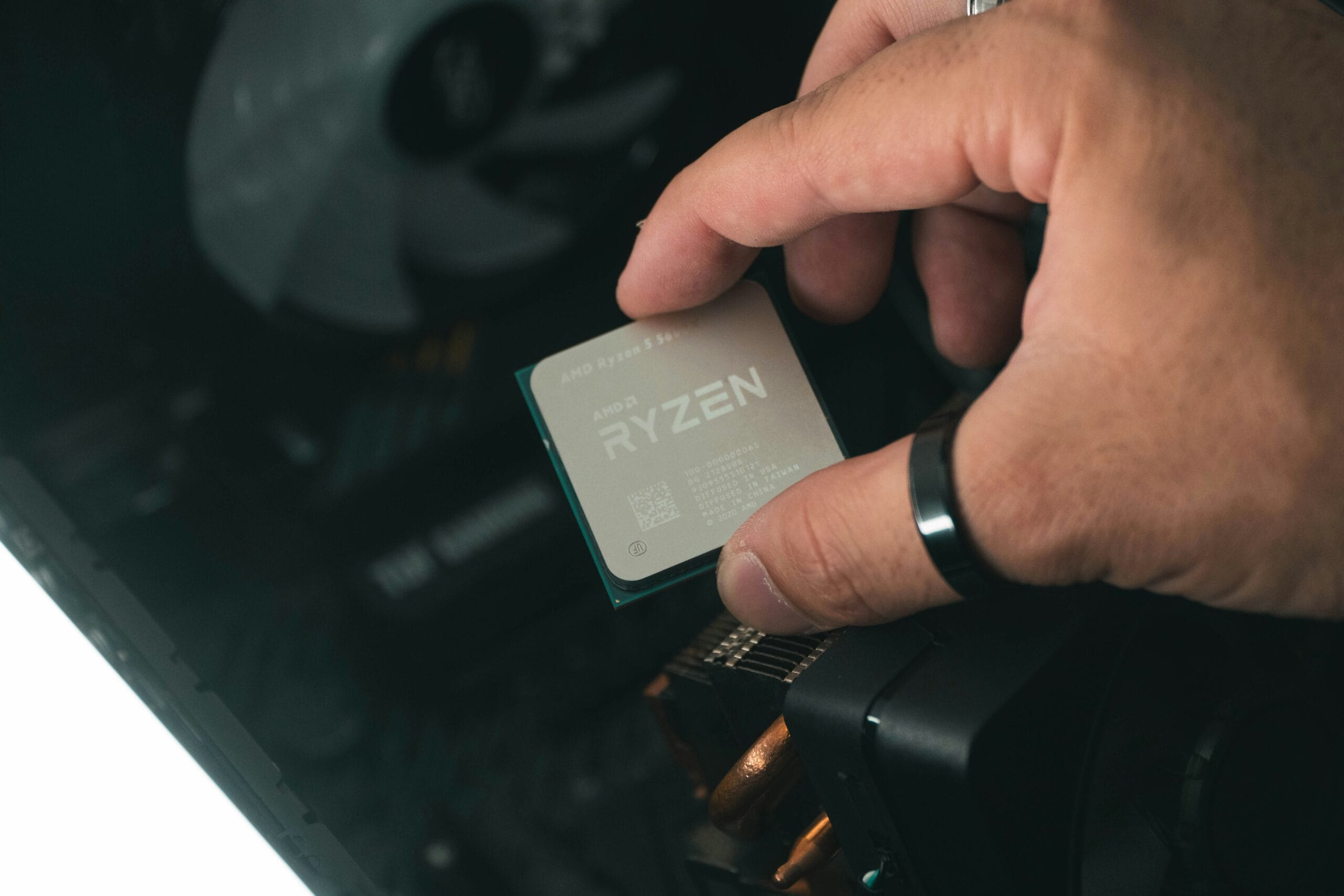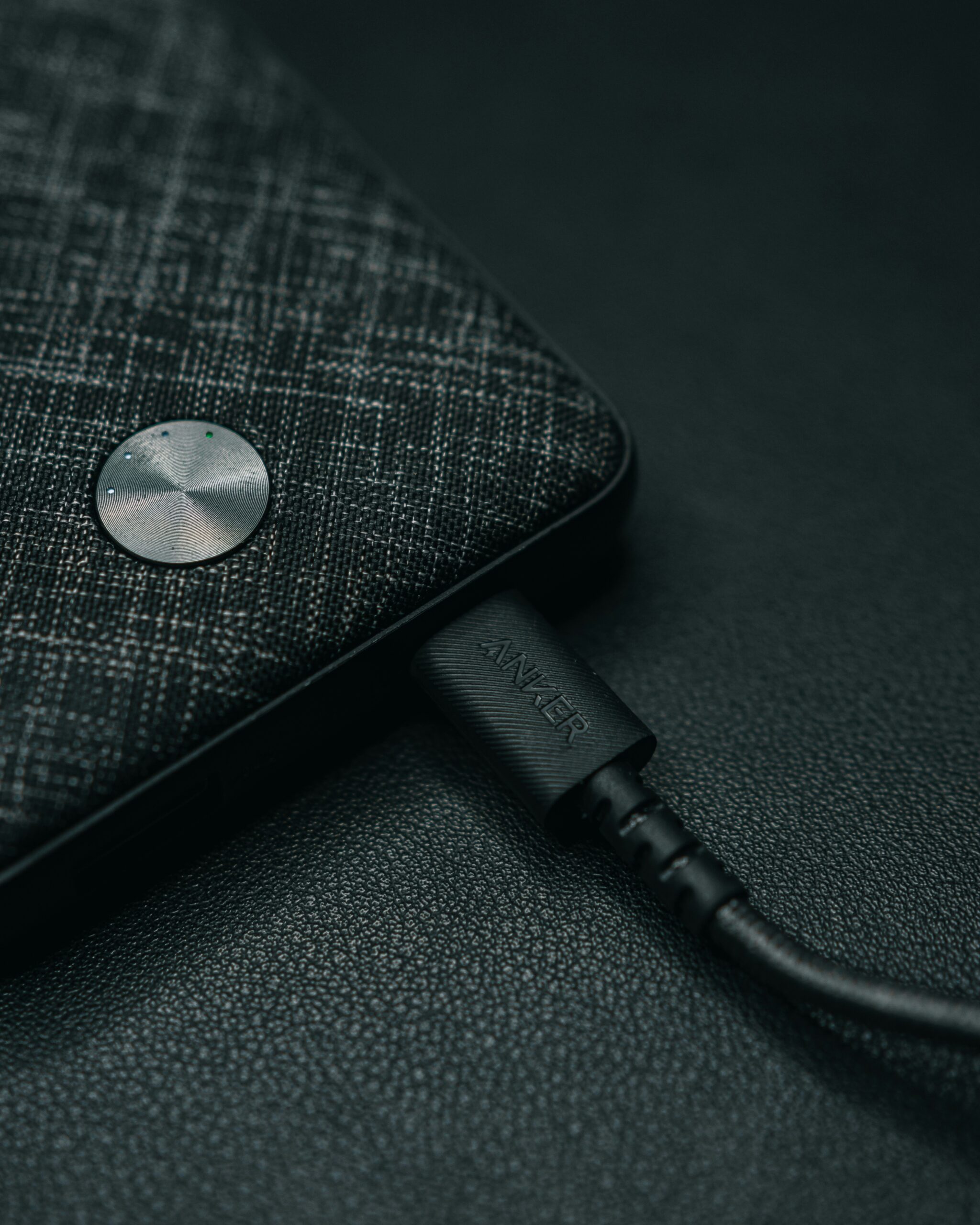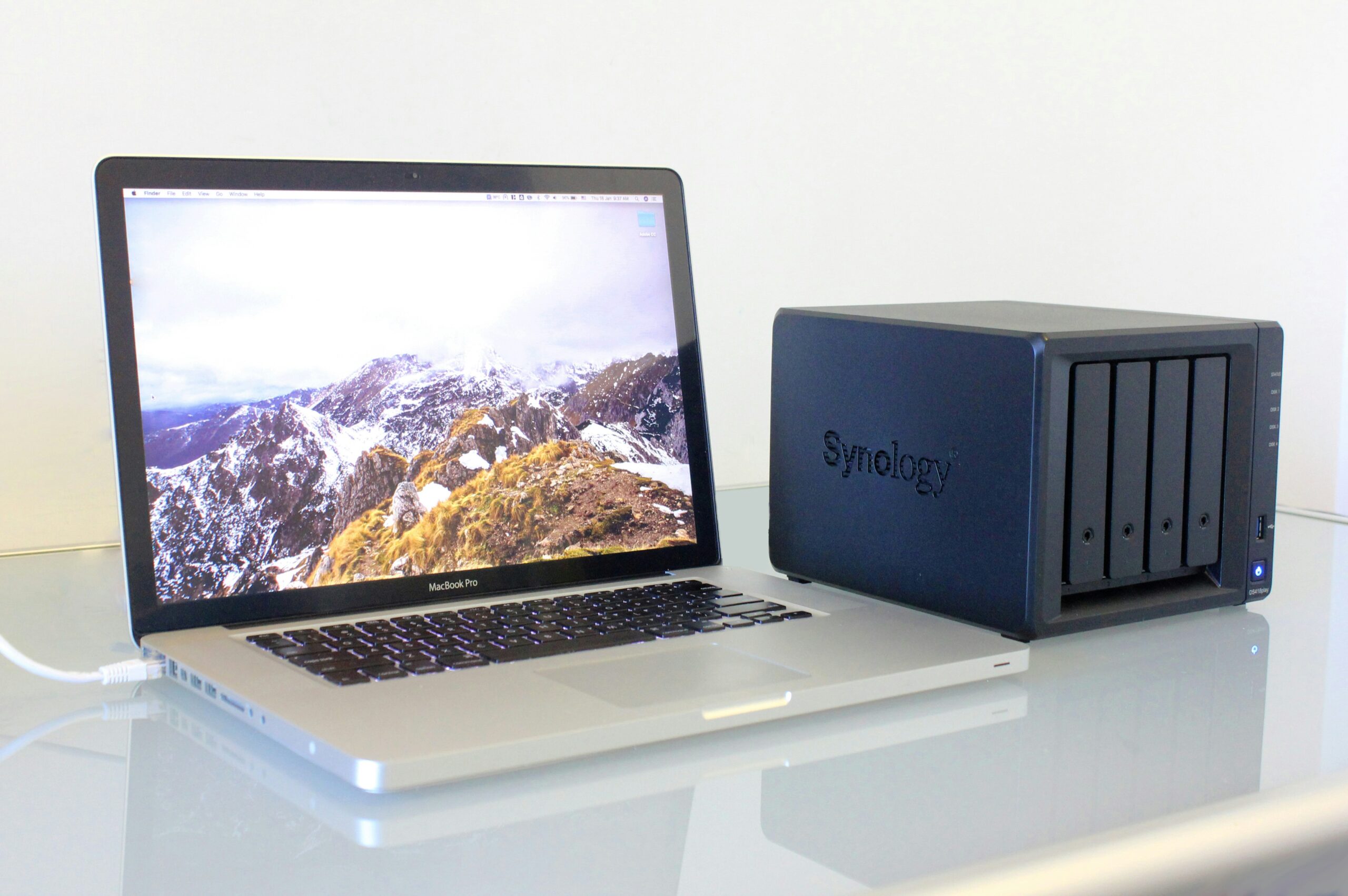Shipping delicate electronics like a CPU (central processing unit) requires careful handling and packaging. CPUs are sensitive to static electricity, which can cause irreversible damage if proper precautions aren’t taken.
Using an anti-static bag is critical to ensure safe transit. In this guide, we’ll walk you through a step-by-step process to securely package and ship your CPU, minimizing the risk of damage from both physical impacts and static discharge.
Why Static Protection is Crucial
Before diving into the process, it’s important to understand why using an anti-static bag is necessary. CPUs contain sensitive circuits that can be damaged by electrostatic discharge (ESD), even if the discharge is too small for you to feel.
An anti-static bag is made of specialized materials that prevent static electricity from building up or being transferred to the components inside. Without such protection, even slight movements during shipping could generate static charges that might harm your CPU.
Materials You’ll Need
To ship a CPU safely, gather the following materials:
- Anti-static bag: Designed to protect electronic components from static electricity.
- Bubble wrap or foam: Provides cushioning and protection against physical damage.
- Small, sturdy box: Ideally just large enough to fit the wrapped CPU.
- Packing peanuts or crumpled paper: For filling space and extra cushioning if needed.
- Strong packing tape: Ensures the box is securely closed.
- Larger outer box (optional): For double-boxing, which provides an extra layer of protection.
- “Fragile” label: To alert handlers that the package contains delicate items.
Step-by-Step Process for Shipping a CPU
Step 1: Prepare the CPU
Before shipping, make sure your CPU is clean and free of dust or debris. If it’s a used CPU, gently clean it with a microfiber cloth to remove any particles that could cause damage during transit.
Step 2: Place the CPU in an Anti-static Bag
The most critical step is to place the CPU in an anti-static bag. These bags are specially designed to prevent electrostatic buildup and discharge. If you don’t have the original anti-static bag that came with the CPU, you can purchase one online or at electronics stores.
Make sure the CPU fits snugly inside the bag and that it’s sealed shut. Some anti-static bags have resealable openings, while others may need to be taped closed. Ensure the CPU is not loose within the bag.
Also Read: PCIe Card Stopped Working After CPU Upgrade [FIXED]
Step 3: Wrap the CPU in Bubble Wrap or Foam
After the CPU is securely in the static bag, wrap it in bubble wrap or foam for physical protection. Ensure that the wrap covers the CPU completely, creating a layer of cushioning on all sides. This padding will protect the CPU from impact during transit.
- Use at least two to three layers of bubble wrap to cushion the CPU properly.
- For added security, tape the bubble wrap to hold it in place.
Step 4: Place the Wrapped CPU in a Small Box
Select a box that is just slightly larger than the wrapped CPU. The box should be sturdy, made from strong cardboard, and free from any tears or dents.
- Put the wrapped CPU in the box, ensuring that it fits snugly inside.
- If there’s extra space, fill it with more bubble wrap, foam, or packing peanuts to prevent the CPU from shifting during transit.
Step 5: Seal the Box Securely
Once the CPU is placed in the small box, close the box and seal it with strong packing tape. Be sure to tape all edges and corners securely to ensure that the box won’t open during shipping.
Step 6: Consider Double-Boxing for Extra Protection (Optional)
For additional protection, especially if the CPU is expensive or shipping internationally, consider double-boxing. This involves placing the small box inside a larger outer box.
- Select a larger box and place the smaller, already sealed box inside.
- Fill any empty space between the two boxes with packing peanuts or crumpled paper to prevent movement.
- Seal the outer box securely with packing tape.
Double-boxing adds an extra layer of protection against impacts or rough handling during the shipping process.
Step 7: Label the Package as “Fragile”
Once the box is sealed, it’s important to clearly label it as “Fragile.” You can either write this on the box with a permanent marker or use pre-printed fragile stickers. This alerts shipping handlers that the package contains delicate items and needs to be treated with care.
Shipping Tips for CPUs
Here are some additional tips to ensure your CPU arrives safely:
- Choose a Reliable Shipping Carrier: Opt for well-known carriers like FedEx, UPS, or DHL, as they typically offer better handling and tracking services for fragile items.
- Insurance: If the CPU is expensive, consider purchasing shipping insurance. This provides financial protection in case the CPU is damaged during transit.
- Tracking: Always use a service that provides tracking information. This allows you to monitor the shipment’s progress and ensure timely delivery.
- Signature Confirmation: For added security, request a signature upon delivery. This ensures the package is handed directly to the recipient and not left unattended.
Common Mistakes to Avoid
- Skipping the Anti-static Bag: Never ship a CPU without an anti-static bag. Wrapping the CPU directly in bubble wrap or foam without this protection leaves it vulnerable to static discharge.
- Insufficient Padding: Make sure to use enough bubble wrap or foam around the CPU. Inadequate padding can lead to physical damage if the package is dropped or bumped during shipping.
- Using a Box That’s Too Large or Too Small: A box that’s too large will allow the CPU to move around, increasing the risk of damage. Conversely, a box that’s too small might not provide enough space for adequate cushioning. Aim for a box that leaves just enough room for padding without being excessively large.
- Not Labeling the Package: Failing to label the package as “Fragile” can result in rough handling. Always include clear instructions to ensure the handlers know to treat it with care.
Conclusion
Shipping a CPU requires attention to detail and the right materials to ensure it arrives safely at its destination. The anti-static bag is an essential component for protecting against electrostatic discharge, while proper padding and secure boxing prevent physical damage. By following the steps outlined in this guide, you can confidently ship your CPU, knowing it will be well-protected throughout its journey.
Whether you’re shipping a new CPU to a customer or sending one to a friend, using these precautions ensures your CPU reaches its destination in perfect condition.




